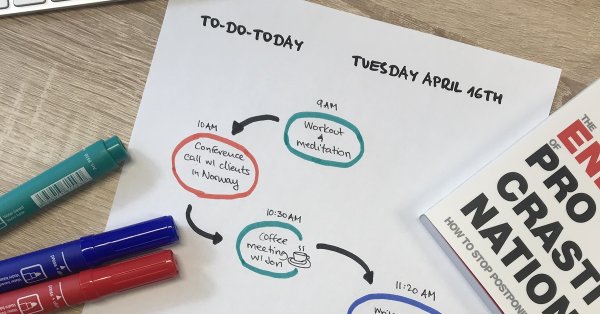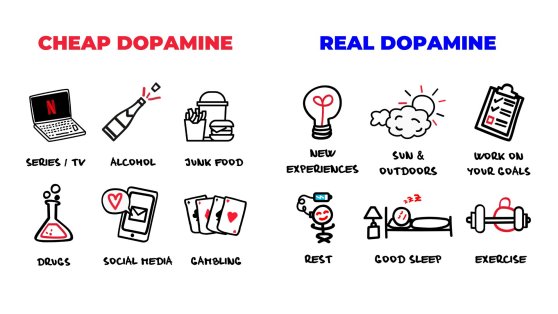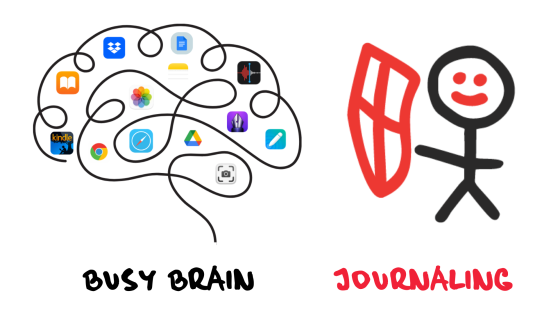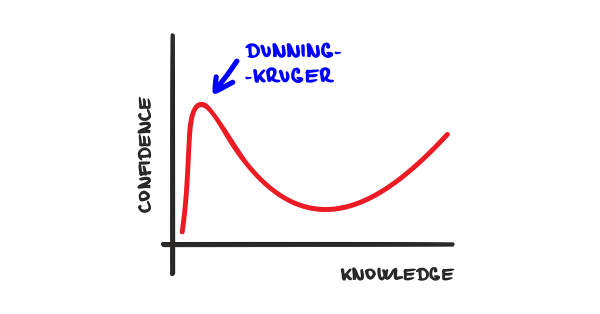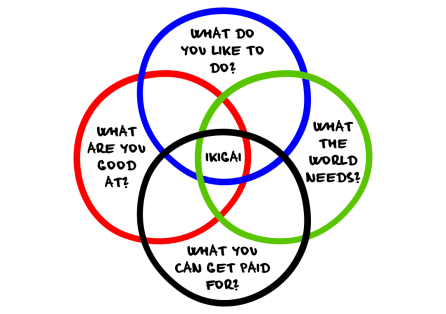Blog article
How To End Bad Habits And Leave Them Behind For Good
Posted by Adela SchickerIt certainly would be nice if we could quit smoking or start running marathons using willpower alone. Unfortunately, that’s not how our brains or bodies work.
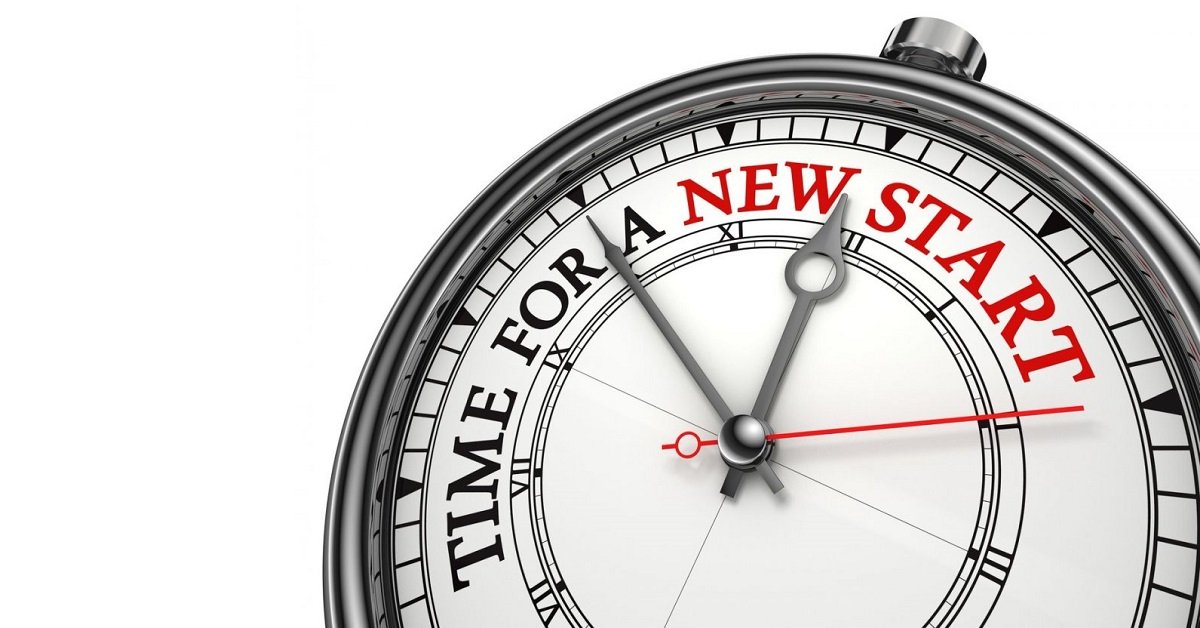
As a procrastination expert, life has brought to me many individuals who have spent years trying, and failing, to break bad habits. Like any good procrastinator, they end up delaying the start of the next attempt because of their latest failure, until they stop trying altogether.
For instance, some years ago I worked with a client who smoked a pack-and-a-half of cigarettes a day. It’s not easy to go from smoking 20+ cigarettes a day to zero! Prior to seeing me, the advice he always received was to go "cold turkey.” Unfortunately, he quickly lost faith in his ability to quit after unsuccessfully trying to do it a number of times. There’s a very good reason this client couldn’t quit and gave up trying. He, like many of us, was too reliant on willpower.
Why Habits Are Hard To Break
To understand why, let’s talk about what happens when we try to change our habits. How many times have you told yourself that you are going to start working on something but instead spend the next few hours doing something else altogether? How many times in your life have you tried telling yourself what to do and then simply haven’t obeyed? This happens because our actions are controlled, to differing degrees, by separate areas of the brain and one area is overruling another.
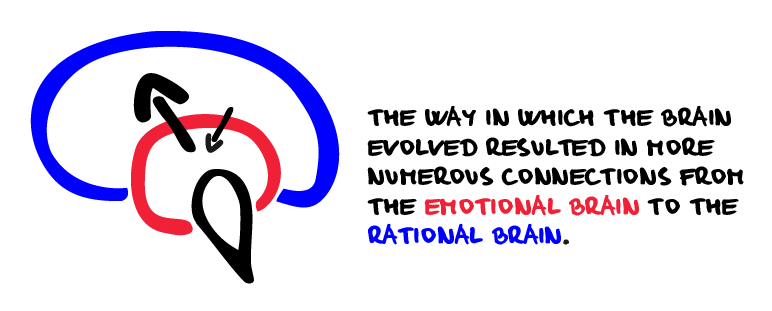
It’s the younger, rational, part of the brain (the prefrontal cortex) that is responsible for our attempts to make healthy changes. We know in the long-run that a healthy diet, a workout regime, or studying is good for us. But that doesn’t make change any less scary. The older, emotional parts of the brain (the limbic system) often keep us from positive change because doing the same thing as usual is easier and more comfortable. It’s the prefrontal cortex that’s in control when you stick to your study plan, workout routine, or get it together and clean the house. It’s the emotional brain in control when you procrastinate.
Unfortunately for our New Year’s resolutions (did you forget about those already?), the way our brains develop mean there are more connections from the older emotional part of the brain into the newer rational part than the other way around. In effect, the older part of your brain has more control over the newer parts of the brain and this makes following our rational brain to healthy habits more difficult than it should be.
The Buddhists use a metaphor which perfectly illustrates this concept. It’s the metaphor of the elephant and rider. They say everyone has two independent creatures inside their brain: a wild elephant and a rider that controls it. The elephant symbolizes our emotions, whereas the rider is our rational side. The difference in size between the elephant and the rider captures the imbalance of influence.
Self-regulation, or willpower, is what we call the ability of the rider to control the elephant. The rider may be able to control the elephant for very brief moments of time, but, in the long run, it is not enough if only your rider wants to accomplish something. Your elephant has to want to as well. If it doesn’t, your rider will quickly tire of having to control the animal as it wanders of its own accord.
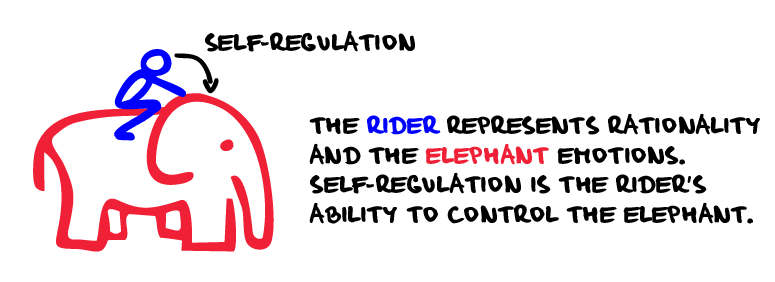
Using this example we can illustrate two essential scientifically-validated ways to align your elephant and rider. You can use them to make your habits easier to adopt or you can raise the stakes for continuing with habits you would otherwise not.
Aligning Your Actions And Wants
Usually, the changes we struggle to make are those that we know are good for us, but that will invite short-term pain. It’s this initial aversion which paralyzes you and causes you to put things off. In this way, emotional aversion is like an obstacle in the path of your elephant. The greater your aversion (the harder the task is initially), the greater the obstacle it will appear as to your elephant.
To return to the cigarette story, cutting out an addictive habit is incredibly tough - asking someone to quit all at once is akin to putting a mountain in the path of your elephant. Instead, to overcome paralysis, you need to start by setting the bar as low as possible. Then, teach your elephant to go over this low obstacle, which can be accomplished with regular repetition. According to one study, actions need to be repeated many times before they stick. Clearing this low bar will then become an automatic activity for the elephant. Then, you raise the bar just a bit and adjust again. Raise it enough times, and you will have learned a new habit and will feel no aversion to doing it.
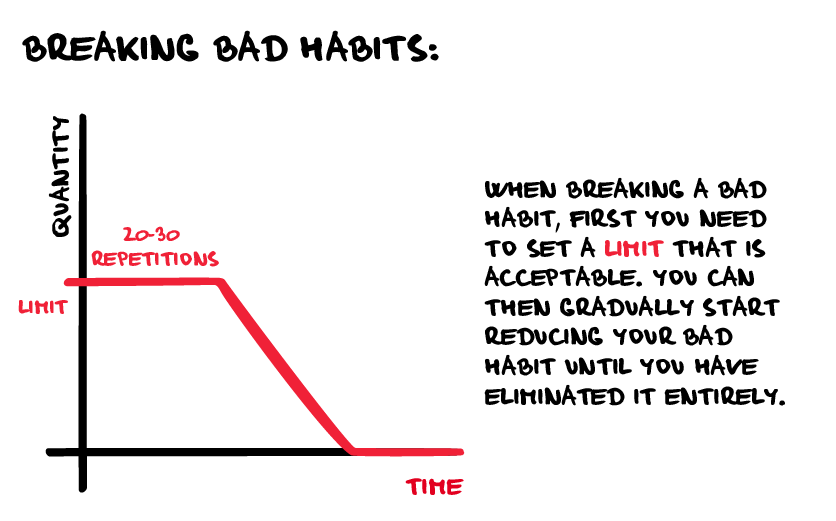
Lest you think I’m proposing something new, this method actually has ancient roots. Japanese samurais used a method of gradual, constant learning to overcome even the most unpleasant tasks. They called it kaizen. A kaizen approach, not cold turkey, is the way to cut bad habits, like smoking, and to adopt new habits, like running. By cutting out just a few cigarettes at a time or postponing the time of the first cigarette in the morning you can make your habit stick. Instead of trying to go from 25 cigarettes a day to 0, set the bar to smoke 20 cigarettes a day, then drop it to 15, 10, then 5, 2 and finally 0. To take up running, the approach is similar. Don’t try to run a marathon tomorrow, maybe start with changing into the clothes and running for 400 meters, then increase that gradually. With these small changes you are more likely to make your habit stick.
Increasing the Cost of Bad Habits
Using the insight about the elephant and rider we can suggest another effective change: increasing the negative cost of undesirable habits. The idea here is to place new roadblocks onto the path your elephant wants to travel. For my cigarette-smoking client, this eventually meant donating $50 to charity any time he bought a pack of cigarettes! Drastically increasing the price and making it less desirable suddenly made quitting smoking a lot easier.

Increasing the cost of undesirable habits, and decreasing the obstacles related to adopting good habits helps take willpower out of the equation. It certainly would be nice if we could quit smoking or start running marathons using willpower alone. Unfortunately, that’s not how our brains or bodies work. If you really want to succeed, it may pay off to start small.
Read more about how to change your habits in our bestselling book The End Of Procrastination.
